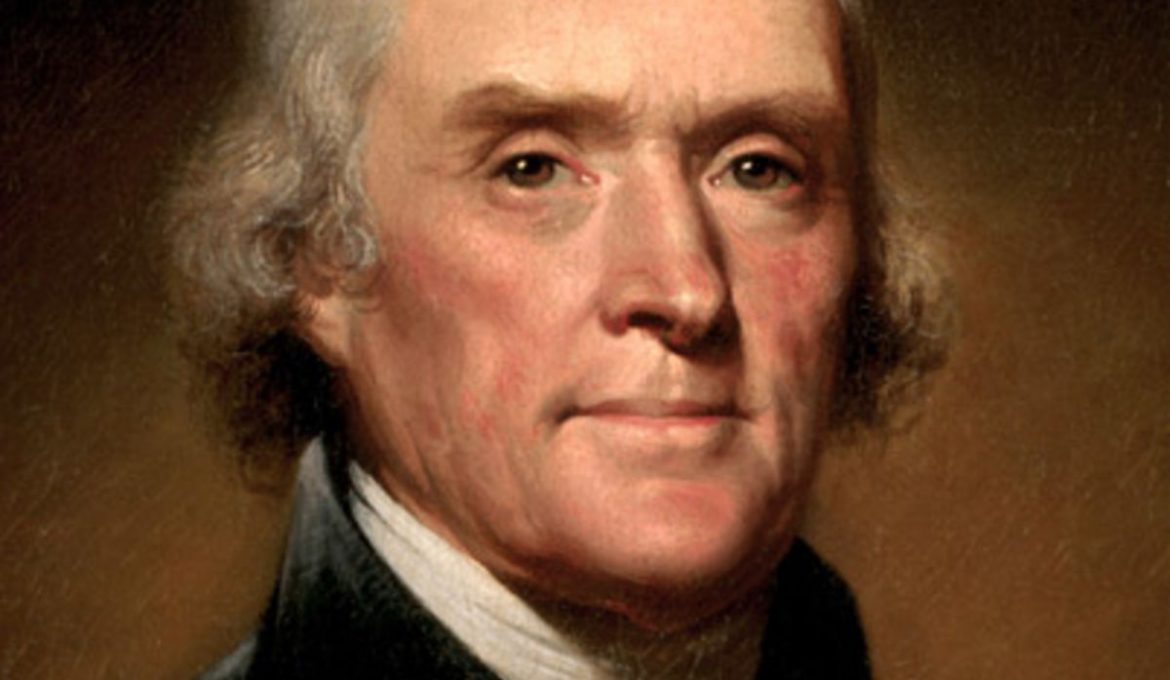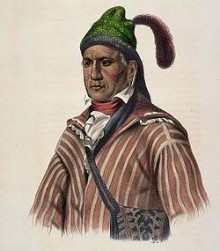(Excerpt from ALABAMA FOOTPRINTS Removal: Lost & Forgotten Stories (Volume 7)
Andrew Jackson is often credited with the enforcement of the Native-Americans removal from the South. This is because the Indian Removal Act was passed by Congress in 1830 and signed into law by President Andrew Jackson on May 28, 1830. However, talk and even attempts to remove the Native-Americans from their land started years earlier.
Thomas Jefferson believed the Native-American people were a noble race who were “in body and mind equal to the white man.”1 and were endowed with an innate moral sense and a marked capacity for reason. As early as 1776 and again in 1779, Jefferson promoted the removal of Cherokee and Shawnee tribes from their ancestral homelands to lands west of the Mississippi to “ensure the survival of Native-American peoples.”2
The influence of the white man upon the natives was unfavorable and their numbers were diminished each year. President Thomas Jefferson and many other patriots wanted to save the the Native-Americans from being totally wiped out. Jefferson felt there were only two choices left for their survival; (1) removal of the remaining Native-Americans further west, (2) elevate him by assimilating the Native-Americans within society. The second choice would destroy the culture of the Native-Americans so President Jefferson looked west for a place to move them.
Public Land Was Offered For Sale
With the Treaty of Paris of 1783, the United States claimed possession of 230,031,981 acres which was later formed into the states of Ohio, Indiana, Illinois, Alabama and Mississippi, and land under territorial government which was called the Michigan Territory, Huron Territory, Louisiana Territory, Missouri, Territory, and Arkansas Territory as well as the Floridas.3
Land acquisition of Native-American land prior to 1802 was usually completed via the federal government through treaties, etc., but exceptions occurred earlier in America’s history. Even in the first settlement of the country. . . the land was bargained for, and agreements were made, by which the consent of the chiefs was obtained for the occupation by the whites of certain territory.4
Before the public land owned by the federal government was offered for sale, the title of the Native-Americans had to be extinguished by treaty, which usually stipulated an annuity to be paid to the individual tribes. Through this means, on the thirtieth of September 1831, the Native-American title had been extinguished to 227,293,884 acres and there was 113,577,869 acres to which the Native-American title had not been extinguished.
Another 750,000,000 acres lie beyond the states and territories that belonged to the United States to which the Native-American title was not extinguished. In total, 1,090,871,753 acres of which 119,748,812 acres had been surveyed was placed in the public domain and ready for sale on the first of January 1826.5
A census of the State of Alabama in 1820 revealed that there were 127,901 inhabitants in the new state. This number increased to 244,041 inhabitants in 1827 as settlers swarmed into the area. By 1830, the whole number of acres within the limits of the State of Alabama to which the Native-American title had been extinguished was 24,482,160, and the whole number of acres to which the Native-American title had not been extinguished was 9,419,066.6
1Thomas Jefferson foundation, Thomas Jefferson’s Enlightenment and American Indians
2Thomas Jefferson foundation, Thomas Jefferson’s Enlightenment and American Indians
3The American Annual Register for the Years 1831-32
4The American Annual Register for the Years 1827-8-9, edited by Joseph Blunt, Published by E. & G. W. Blunt 1830
5The American Annual Register for the Years 1831-32
6The American Annual Register for the Years 1831-32
ALABAMA FOOTPRINTS Removal: Lost & Forgotten Stories (Volume 7)
ALABAMA FOOTPRINTS Removal some additional stories
- Plan for Indian Removal Started With President Thomas Jefferson
- Intrigue and Murder After Treaty At Indian Springs
- President Adams And Governor In A Stand-off
- Gold Causes Expulsion Of The Cherokees
- Cherokee Chief Ross Became Homeless





